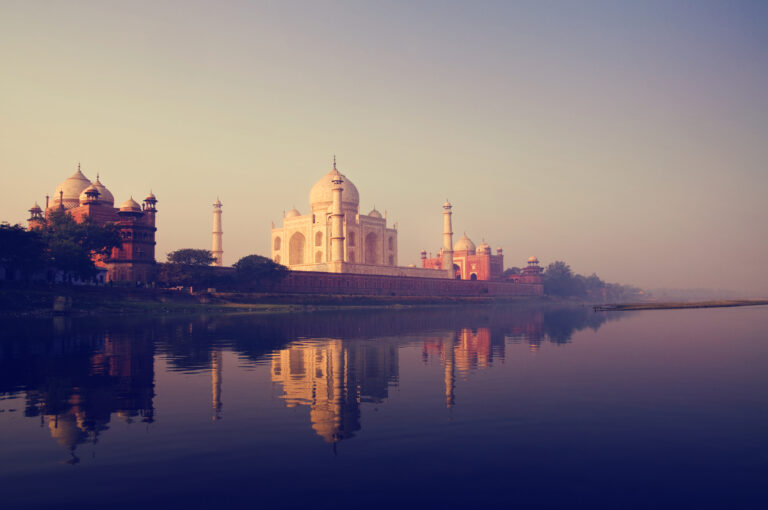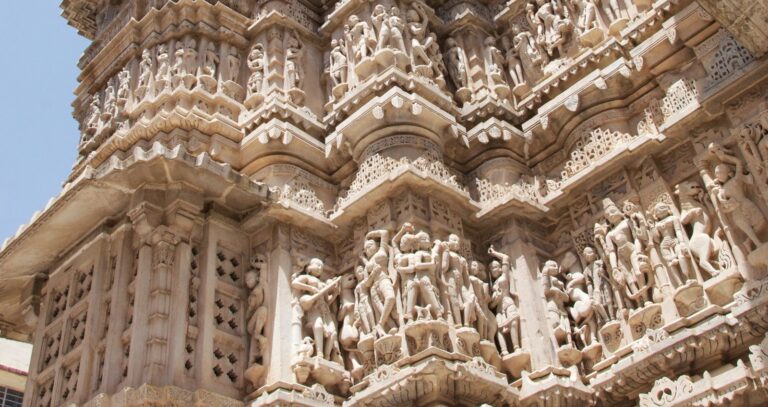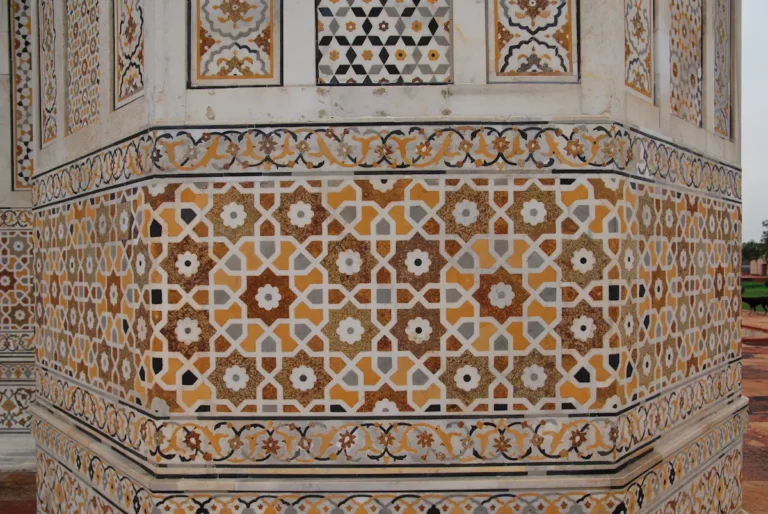Indulging in the study of Indian art and architecture is always a rewarding experience. Ancient human-made markings and paintings on natural stone that have withstood the test of time and the elements for over 10,000 years are known as rock arts. Art and architecture from the mediaeval and modern periods have been preserved, but prehistoric art has remained largely ignored.
India has a wealth of prehistoric sites, including Bhimbetka Shelters and Cave Paintings (Madhya Pradesh), Attirampakkam (Tamil Nadu), and Belan Valley (Uttar Pradesh), which must be made known to the current and future generations. It is fascinating to learn about human evolution in these places.
John Lubbock coined the Greek term “Old Stone Age” in 1865 to describe the prehistoric era. Stone tools were first developed during this time period in human prehistory. Prehistoric people lived a nomadic lifestyle filled with hunting, gathering, and painting murals depicting their environment on their homes’ walls. Paleolithic humans painted, drew, engraved, and carved, according to theory, to express their appreciation of the natural world around them. Though it may be viewed as sacred by some, it was created by the men to organise their religious and cultural beliefs.
Take a closer look at Lakhudiyar Caves, one of the most impressive relics from those times. At this palaeolithic site, which is located at the Barechhina village near Suyal River in the Almora District, Uttarakhand, India, art from the distant past is on display. Lakhudiyar means one million caves in Hindi. Even if a more thorough description is provided, those who have already visited the site may find that it falls short of the expectations.
The Lakhudiyar Caves can be found in the Uttrakhand district of Almora, in the village of Barechhina, on the banks of the Suyal River. Animals, humans, and even tectiforms are depicted in finger paintings on the cave walls, which were painted in black, red, and white. There are also a few animal motifs, one of which looks a lot like a fox. ” Lines with wavy curves that are filled with rectangles.
It is said that Lakhudiyar, in the local Kumaoni dialect, has a million caves. The Suyal River runs through the area. On the Almora-Barechena highway, it’s about 16 miles from Almora. They depict everything from humans to animals to landscapes. Rows of dancers make up the majority of the human figures. Archaeologists consider Lakhudiyar to be the richest cave shelter in the region, preserving scenes and activities from the region’s primitive inhabitants that date from the Old Stone Age to the Neo Stone Age.
The Lakhudiyar Caves are located in the Almora district of Uttarakhand, India’s Himalayan state, on the banks of the Suyal River. Ancient artistic endeavours can be seen at this palaeolithic site. Lakhudiyar in Sanskrit is a term for a large number of caves. It’s possible that those who’ve actually visited the site have a different opinion.
Pithoragarh, Bageshwar, and Almora districts are connected to the state’s Kumaon region by National Highway 309 A, which runs through three of the region’s most valuable natural assets: pure river water and pine trees. As a result, it’s easy to get to and likely to be popular with tourists.
Sketches of early man’s people, animals, and weapons make up the bulk of the paintings. On one side of the wall, a painting depicts a crowd dancing in unison, with 34 people on one side and 28 on the other. These paintings are thought to depict life in an ancient town based on the clothing and domesticated animals depicted. On two painted rock shelters, you’ll find finger-drawn portraits of animals and humans in black, white, and red.
You can walk through an amazing place, much like you do when you walk around Jageshwar Temple, which is also near Almora, by following the recently constructed steps among Chir/Pine evergreen trees.
The journey to the caves isn’t that difficult. From the main road, it’s only a five-minute drive away. One may notice and hear the spring-fed river Suyal if they climb higher, which could lead to a variety of questions, most notably about the first human settlement in the Paleolithic era.
Lakhudiyar caves, Hinduism, Almora, Uttarakhand, India, Painted Rock Shelter, prehistoric art, and rectangle designs Images of geometric patterns and groups of dots can be seen in the One Lakh caves, India Prehistoric art enthusiasts will find this collection to be one of the most comprehensive in the United States. The caves have become a culturally and historically significant location.
It is a rock shelter that was used by early man as a shelter from the harsh weather. “One lakh caves” is the meaning of the name Lakhudiyar. These walls depict early man’s life and environment.
Most of the artwork depicts primitive humans, animals, and weapons. There is a painting on one side of the wall depicting a mass dance in which 34 people on one side and 28 people on the other are participating. Life in a prehistoric village appears to have been depicted in these images, which include clothing and domesticated animals, as well Images of animals and humans painted with fingernails in black, red, and white can be found on two rock shelters.
Visitors flock to see these images. The Indira Gandhi National Centre for the Arts, which is based in New Delhi, is also studying archaeological rock engravings at this location.
The following are examples of paintings and themes that recur in the series:
Human stick figures, possibly in motion. All over the place, this is the prevailing theme.
A cat appears in this decorative pattern.
Stick figures, holding hands, perhaps dancing.
Arrows – aspirational weapons maybe.
A stag and a doe.
The Archeology Department’s responsibilities end with the installation of the notice board. There are no guards or guides who can pique the interest of visitors by demonstrating the site’s significance in human history.
There are no shops or cafeterias in the area, so it’s eerily quiet. Near the Lakhudiyar caves, however, is a restaurant called Pethsaal where you can get delicious Indian fare like Momos, Aloo Paratha, and Noodles Etc. Pethsaal is approximately 5 kilometres from the Lakhudiyaar Caves to Almora Road. While returning from the caves or going to the caves, have a cup of tea and some snacks ready.
There is still time to preserve the colour of these walls. If they are not preserved, future generations will never be able to experience the goodness and artistry of people from a bygone era. So, why not pay a visit to this fascinating historical landmark?
When and where is the Lakhudiyar Cave located?
Almora can be reached by train from Kathgodam, which is the closest station. Nearly two hours and 81 kilometres separate it from the city. A number of cities, including Moradabad, Delhi, Haridwar, and Bareilly, are well-served by train.
127 kilometres away in Pantnagar, the centre of a renowned agricultural institute, is the closest airport to the city of Almora. Almora is 15 kilometres from the Lakhudiyar Caves.
By Road: There are numerous routes that lead to Almora. All of these places are within a reasonable driving distance of each other: Binsar is 13 kilometres from Mukteshwar, 16 kilometres from Ranikhet, 24 kilometres from Kathgodam, and 90 kilometres from Pantnagar. Between Almora and Delhi, Uttaranchal State Road Transport Corporation buses run frequently. You can get to Lakhudiyar Caves by bus or taxi from Almora.







